Bratislava and its surroundings, the forests and fields, may appear somehow boring and lacking in places of interest to visit, however, hiding in their midst are many important sites and objects of historical military significance.
Thanks to various volunteers, more and more of these important sites connected with recent defence systems of the city are being uncovered step-by step. Braislava’s secrets are being revealed for the modern inquisitive eye. No, we do not speak about Bratislava’s magnificent castle or the medieval walls, which used to serve military purposes long-ago, but rather about sites and objects from various decades of the 20th century (WWI, WWII, "Cold War").
Chronologically, we shall mention the caverns from the First World War (WWI). These were built by the Austrian-Hungarian Army (the territory of Slovakia being a part of Austrian-Hungarian empire) against the expected invasion of the Russian Army. However the Russian Imperial forces never came near Bratislava, so they never experienced actual combat. You can find them in various hilly locations like Lamač, Sitina or Dlhé Diely in the predominantly deciduous forests. Some of them are unaccessible, some of them have been cleaned recently or they are being cleaned by volunteers now. One of these is located close to the famous Kamzik TV Tower on the hill of the same name.
A core interest for military enthusiasts in Bratislava are more recent concrete "shelters" - bunkers from 1930's built by the Czechoslovak Army against the imminent invasion of Hilter’s German military forces. Presently, the city of Bratislava borders two adjoining countries - Austria and Hungary. However, the town limits in 1930s were different though and Petržalka (in German Engerau) was a separate village. Some of the bunkers, in Petržalka as well as near Devínska Nová Ves are now at the edge of the city as well as at the edge of the country. Although built against Nazi German forces, these objects were used by the Germans themselves during the war due to fact that some parts of Bratislava became a part of German Reich in 1938. They were returned to Czechoslovakia just after the war and became part of the Iron Curtain area during the Communist regime, with entrance forbidden to the general public.
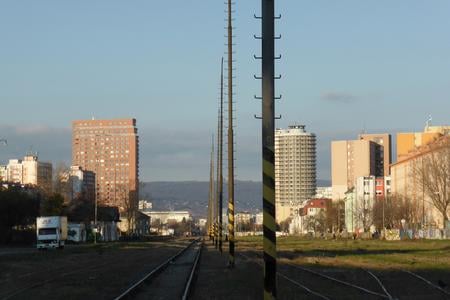
Another category of military sites are the nuclear shelters, most of them built in 1950's and 1960's. The ones in Bratislava were prepared for roughly 40 000 people. The most important one was supposed to serve the highest Communist leaders. However, one nuclear shelter with a capacity for several hundred people now serves as a music club with suitable name Subclub (formerly U-club). It is located under the ground, inside the castle hill and has been in operation since 1993. If you are energetic enough through to the early morning hours of a Friday and Saturday, this is the place to be. The other part of the structure is used as a shooting hall.
One of the newest military objects in the territory of Bratislava was built ironically just a few years before the fall of Iron Curtain. The anti-aircraft missile base on the top of Devínska Kobyla Mt. was built in early 1980's to protect the Slovak capital city against potential invasion from the West. Some 150 soldiers spent several years in-situ. After the fall of communism in 1989, the army started to leave the area gradually (for a period leaving just one last security guard and his dog). Interestingly, just a few years ago it was still forbidden for the general public to enter. Now the gate is gone and no more signs stop you from entering. Presently, the abandonded huge hangars, as well as the administration building, are inviting spots for graffiti painters or paintballers.
It seems to be the fate of military sites and objects in Bratislava that none of them were ever used for the purposes they were built for - cavernas from WWI, bunkers from WWII, nuclear shelters or the anti-aircraft missile base from the Cold War could never test their prowess. We can just hope people will always be allowed to use them for different interests other than the military ones for which they were first designed.
Peter Chrenka is one of the founders of Authentic Slovakia, offering guided tours beyond the ordinary.
Author: Peter Chrenka


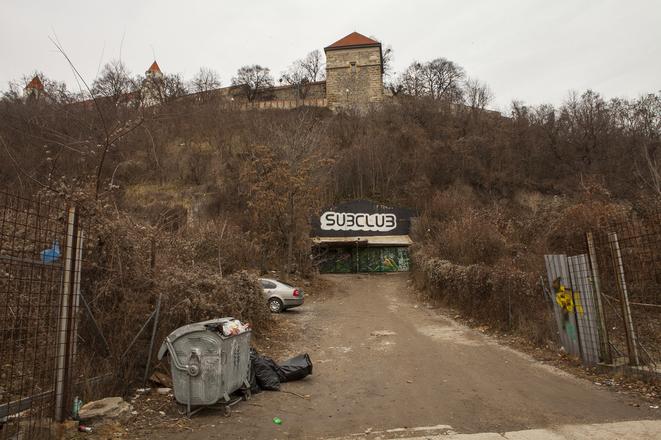 One nuclear shelter with a capacity for several hundred people now serves as a music club with suitable name Subclub (formerly U-club). (source: Authentic Slovakia)
One nuclear shelter with a capacity for several hundred people now serves as a music club with suitable name Subclub (formerly U-club). (source: Authentic Slovakia)
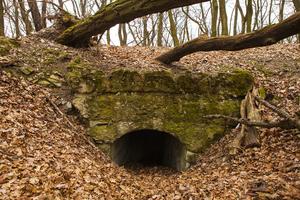
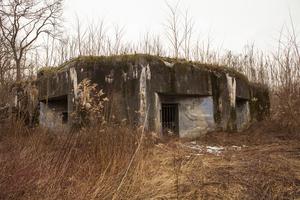

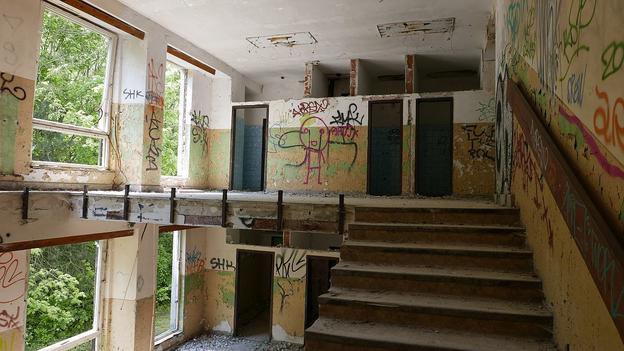 (source: Authentic Slovakia)
(source: Authentic Slovakia)